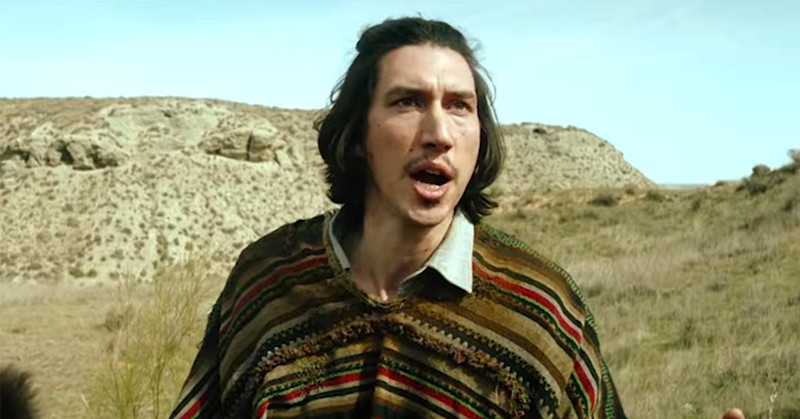
As a viewer, it’s easy to forget just how difficult the process of filmmaking can be. We see the final piece and get lost in the wholeness. The journey of a film growing from mere idea to blockbuster release is a long and arduous one. Given there are so many people involved – not only the acting talent and directing crew but those off-screen like producers, executives, and financiers – it shouldn’t be surprising that many films struggle to come to fruition.
Development hell has plagued many infamous productions when years, sometimes decades, has marked the time between film rights being purchased and the film actually reaching our screens. Arguments over the script could be at fault; budgetary constraints often come into play. Whatever causes it, the films on this list were fortunate to be completed and audiences lucky to see them.
1. Jurassic World
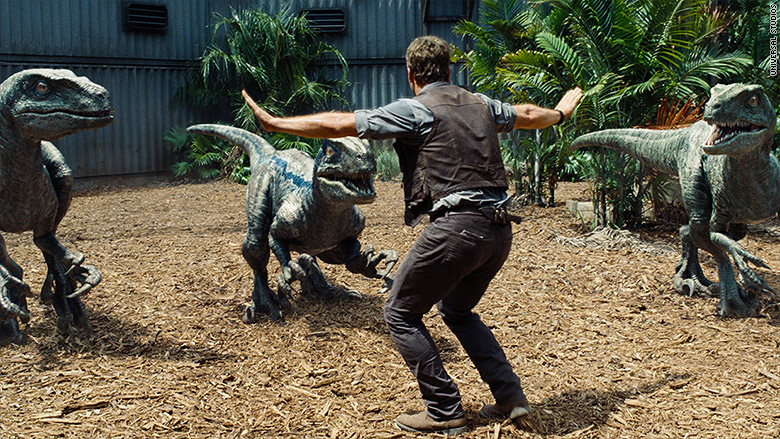
The popular Jurassic Park film series began in the 1990’s with Steven Spielberg’s blockbuster of the same name, released in 1993. Based on Michael Crichton’s science-fiction novel, the films were spectacular and, above all, silly, but by the third outing, the poor Jurassic Park III (2001), the public’s appetite for more dinosaur adventures seemed to have abated.
Despite this, Spielberg devised a script for the fourth installment while working on the set of Jurassic Park III; a 2005 summer release was soon slated. The script passed through several hands, the first draft being written by William Monahan before he left to write the screenplay for Kingdom of Heaven (2005) and was replaced by John Sayles. Main cast members like Sam Neill and Jeff Goldblum were supposed to be be reprising their roles with numerous new actors being touted for roles, including Kiera Knightley in a dual role and Jeremy Piven.
In April 2005, however, it was announced that the project was on hold as the repeated revisions and reworkings of the script hadn’t satisfied anyone, particularly Spielberg. In 2010, the director of the third entry, Joe Johnston, announced that Jurassic Park IV would signal the start of a new trilogy in the series, abandoning most of Sayles’s initial draft.
In 2013, the title of the film was announced as Jurassic World with a release date of 2015 set. Director Colin Trevorrow, then known for his indie feature Safety Not Guaranteed (2012), was chosen to helm the film, and he and his writing partner Derek Connolly immediately began editing a new version of the script, this one written by Rick Jaffa and Amanda Silver. They were careful not to keep the old characters just to appease fans, wanting their film to feel fresh and new.
Following on from the events of the first film, Jurassic World is set on the same fictional island of Isla Nublar and is considered a direct sequel to it. The film proved wildly successful at the box office, becoming the highest-grossing film in the series; its sequel Jurassic World: Fallen Kingdom (2018) likewise performed well.
Just as what happened in 2001 after Jurassic Park III, a third sequel, entitled Jurassic World III, has been scheduled for release four years later and given the earnings of the new trilogy so far, it shouldn’t suffer the same problems making it to cinemas as its predecessor.
2. Love and Mercy
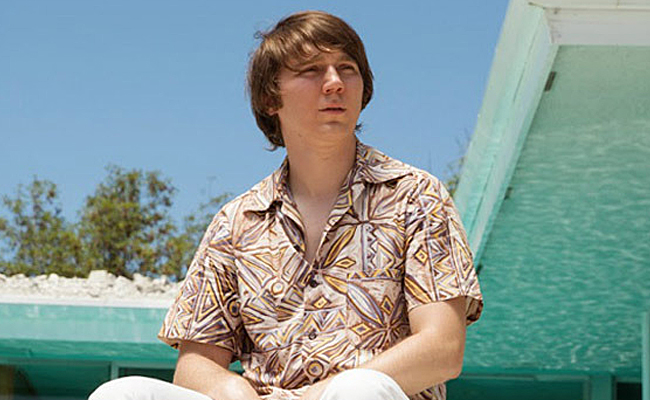
The Beach Boys’ leader Brian Wilson has been a mythical and defining figure in American culture since the 1960’s and a filmic adaptation of his fascinating life was first discussed as far back as 1988, deriving its title from Wilson’s latest song of the same name.
Despite having actors like William Hurt attached, the film’s progress stagnated, the band featuring in the meantime only in two TV series dramatizations. A revival starring Jeff Bridges came along in 2006 but again floundered.
The film eventually was realized in 2014 through the efforts of its director, Bill Pohlad: he had become an obsessive of Wilson and the band in the 1990’s and would finance Love and Mercy himself, such was his motivation to bring the idea to life.
The result was a biopic not in the traditional sense but instead snapshots of various key moments in Wilson’s life. Wilson himself was consulted for the film’s production, with his wife remaining in close contact with Pohlad and his team. Upon release, the film was acclaimed, notably for Paul Dano’s performance as the young Wilson, and for being one of the best musical biographical films ever made.
3. The Man Who Killed Don Quixote
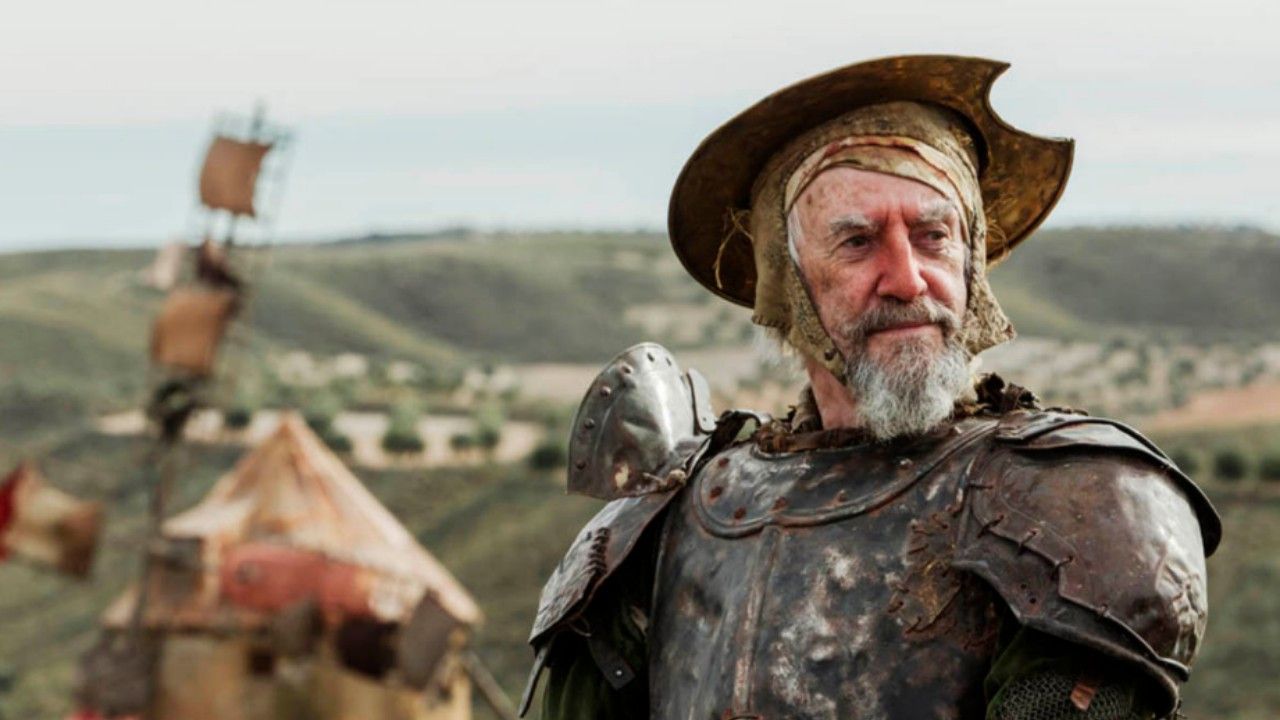
The most obvious inclusion in this list, the development hell that director Terry Gilliam went through to get this film made is now legendary. Over nearly thirty years, Gilliam infamously attempted to make his film numerous times to no avail. After reading the novel in 1989, he immediately began putting together an adaptation, such was his intense connection to the material.
A deal with Phoenix Pictures was signed in 1990 but Gilliam dropped out, citing the low budget constraining the project. Gilliam turned to Europe to realize his film, being disillusioned with Hollywood and its processes. Funding was somehow found and the film was due to be one of the most expensive European productions ever.
Filming started in 2000 but a series of darkly comical issues soon arose: on the first day, aircraft repeatedly flying overhead ruined all audio recordings; a flash flood washed away and destroyed key equipment on the second day; actor Jean Rochefort, chosen to play Don Quixote, ensured production was disturbed further as he had to fly to Paris to deal with the pain from a double herniated disc.
The extreme run of bad luck was too much and the project was cancelled again. A making-of documentary, Lost in La Mancha, was even released in 2002 such was the notoriousness of the project’s seemingly cursed nature. Gilliam continued trying to get his film made while working on other projects in the 21st century until 2016 when he found success finally.
New producers had obtained the necessary finances, the new cast (including Adam Driver and Jonathan Pryce) were announced, and filming began in 2017, just the 17 years after initially starting. Gilliam’s film was one of the most eagerly-awaited releases in years and closed the 2018 Cannes Film Festival.
4. Watchmen
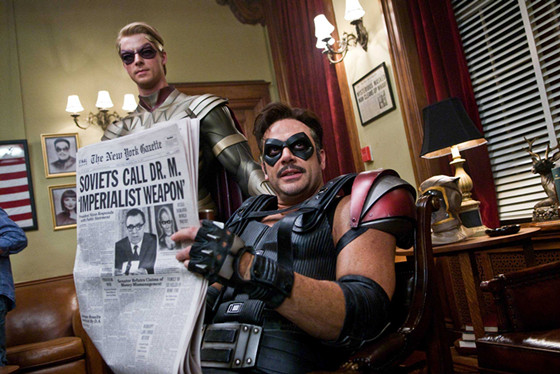
A notorious case of development hell, the iconic DC comic didn’t reach theatres for over 20 long years. 20th Century Fox rushed to acquire the rights in the same year the limited series was released. After the comic’s own writer Alan Moore declined to be involved, screenwriter Sam Hamm struggled with adapting the dense story and Fox eventually put the project into turnaround in 1991, with Warner Bros. taking over.
Terry Gilliam, again involved in an unfortunate long-term project, left due to the film being under-budget and his assertion that Watchmen was unfilmable. Universal Studios and Paramount Studios were next to try their luck, in 2001 and 2004 respectively, to no avail. Watchmen returned to Warner Bros. in 2005 and finally got off the ground.
Zack Snyder, highly sought after following his work on 300 (2006), was approached to direct, bringing his signature style with him. During filming, 20th Century Fox attempted, in another twist, to block the film’s release but both studios thankfully settled. Watchmen was released in 2009 to polarizing reviews, at once acclaimed for its dark take on the superhero genre and derided for its confusing narrative.
Interestingly, while the project was in Paramount’s hands, Darren Aronofsky was in talks to direct; one can only imagine what the creator of dark cinematic visions like Black Swan (2010) and Mother! (2017) Would have done with Watchmen’s story.
5. IT
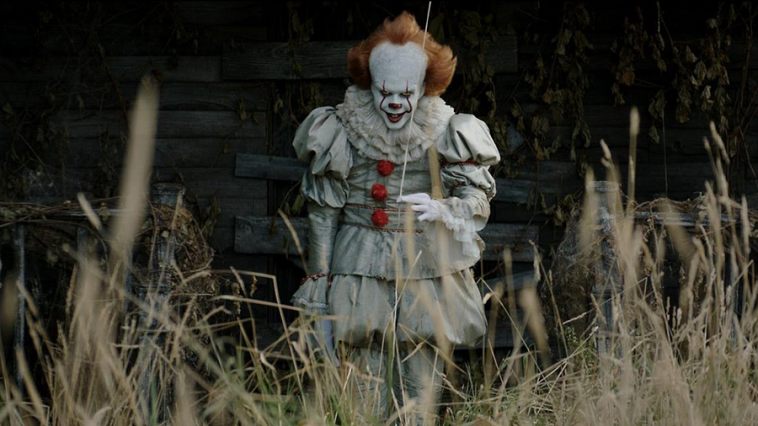
It seemed like fortuitous timing when IT arrived after the similarly-themed and successful TV series Stranger Things, but an adaptation of Stephen King’s novel had first been planned in 2009. After David Kajganich never realised his vision for the film, Cary Fukunaga was reported as director in 2012, the project being moved from Warner Bros. to New Line Cinema two years later also.
Principal photography was planned for 2016 but Fukunaga dropped out a year earlier after clashes with the studio over his artistic vision for IT. Argentine director Andy Muschietti replaced him, noted for his well-regarded 2013 horror Mama. An R rating was chosen for the film to allow for the exploration of more adult themes. Slight changes were made to King’s original story, too, including the monstrous forms that IT would take.
The result was a highly successful adaptation, keeping the heart of the novel but standing on its own as a solid horror film. Filming on a sequel has already begun and IT: Chapter Two should be thrilling audiences by next year.